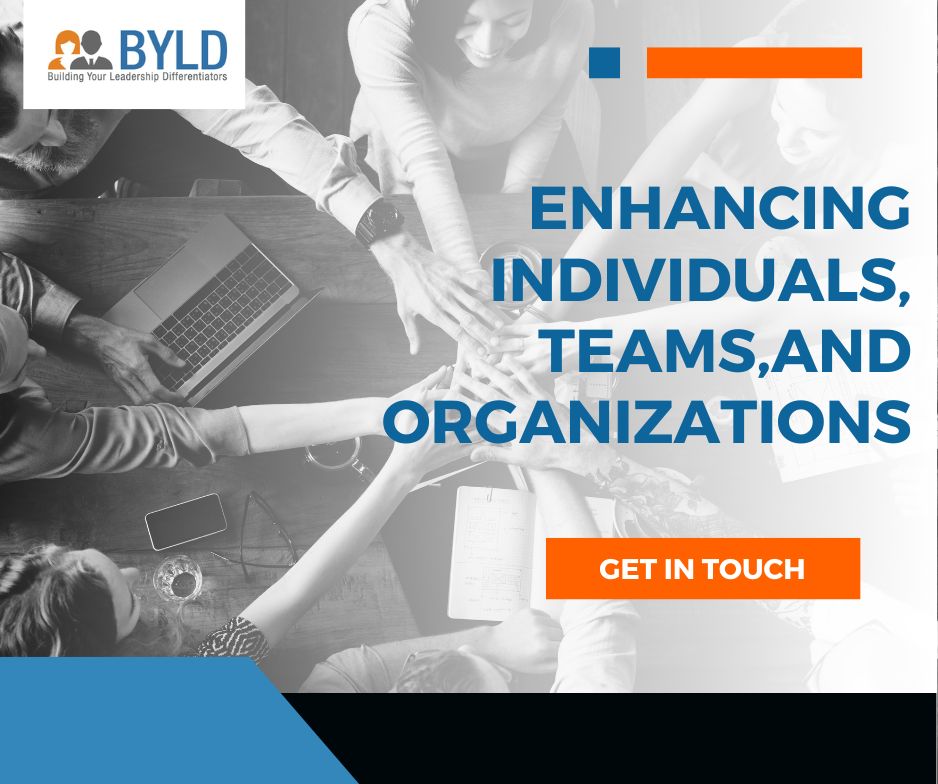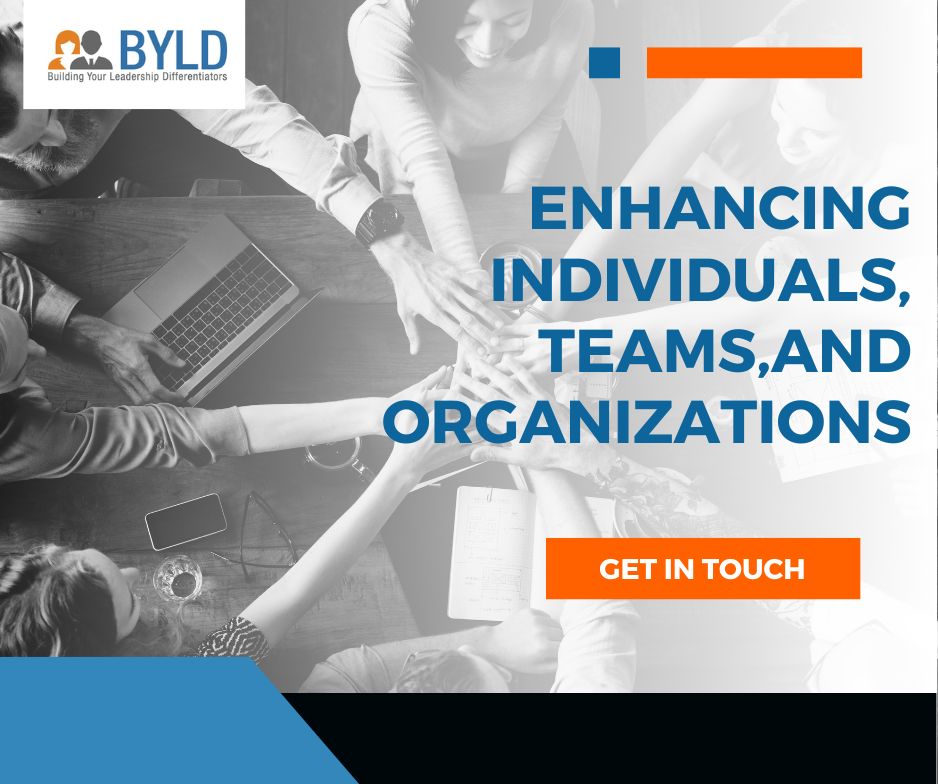
5 Behaviors® of a Cohesive Team in a Virtual Work Environment

Article Content
Overview
The Five Behaviors® of a Cohesive Team—trust, conflict, commitment, accountability, and results—remain the same. Yet, in the virtual climate and during seasons of emergency, they can appear in changed ways. That implies leaders should appear in changed ways, as well.
Five Behaviors of a Cohesive Virtual Team
1. Trust – Trust is regularly alluded to as “weakness-based trust in the Five Behaviors® models.” Regarding a firm group, trust implies a readiness to be open to each other to let down our gatekeeper, concede our imperfections, and request help.
It’s difficult to consider some other time when we have all been so defenseless, all simultaneously. It’s a lowering and extremely human spot from which to lead. Your own and your partners’ weakness isn’t something you want to stow away; it will make the group more grounded.
Try not to be too centered around productivity during gatherings, Lencioni guides. He’s seeing leaders hurrying through their virtual communities, attempting to get off the call rapidly so as not to burn through their workers’ time.
2. Conflict – In the Five Behaviors® models, leaders empower helpful struggle. You might see that individuals are more reluctant to contradict colleagues than before. Either because they stress over adding strife to an all-around unpleasant circumstance or, given the mechanics of virtual gatherings, it’s harder to take part in crosstalk and read non-verbal communication.
In any case, assuming you’ve invested the energy to fabricate muscular weakness and put together trust concerning your group, a proper clash can be only that useful. Lencioni discusses the initial time he and Gibson got into contention in a video group meeting. He thought, “We just turned into a genuinely virtual group since we’re pushing each other in manners that we would have assumed we were face to face.”
3. Commitment – “To get our people to commit,” says Lencioni, “we have to be willing to walk away from our old strategies, our old priorities.” Leaders are reluctant to change systems of the dread that it will seem like an excess of progress on top of a previously undermining circumstance. What’s more, this is a happy chance to hurl all that in the air and say perhaps we ought to accomplish something else.”
According to Lencioni, responsibility is a component of two things: clarity and purchase. It’s straightforward to leave a virtual gathering hazy on precisely what you did choose before. Also, it’s harder to have those brief subsequent discussions that regularly occur in the foyer after the meeting with colleagues confined from one another.
As you’re running gatherings, be more careful than at any other time in recent memory about making lucidity around choices. Take your time to talk about:
What did we talk about?
What did we choose?
How might we convey this to individuals who weren’t in the gathering?
Is there whatever we said in the gathering that we wouldn’t know to individuals outside?
Lencioni recommends sharing an archive on your screen and composing up the responses to these inquiries so everybody can see them. Say, “Does this look right?” Don’t be in such a race to end the gathering you leave without clarity.
4. Accountability – Accountability is one behavior that may look the most changed amidst this urgency, Lencioni. “This is whenever I’ve first at any point addressed… I think during this time, a leader must be somewhat more cautious and somewhat more delicate with regards to considering individuals responsible.”
Lencioni, for the most part, advocates for public responsibility during gatherings. Yet, at this moment, with many telecommuting, “individuals leave these gatherings. And they go straightforwardly to their families. What’s more, I’m simply very mindful of the effect we can have on someone by treating it terribly during this time.” He suggests considering individuals responsible during one-on-one video calls until further notice. “So I can truly have the full discussion with them as opposed to having them perhaps misjudge things and have it seep into their families.”
It’s a higher priority than assuming the best about one another at any other time. You can, in any case, consider each other responsible, yet ensure you’re not hurrying through it. Cut out the ideal opportunity for a more drawn-out discussion. If you’re in a rush, you can run over more brutal than you mean.
5. Results – “The main seven-day stretch of this,” says Lencioni, “we were like deer in the headlights. We were behind us. We felt like we were playing safeguard. And afterwards, we said no. How about we make lucidity right now for the following two months.” He asks leaders to give individuals a mobilizing cry-an an impermanent objective.
Whenever he did that with his group, “that is when everyone went from safeguard to offence. It wasn’t just about making due or feeling like a casualty. It was tied in with flourishing and being on offence.”
So, Be powerless. Welcome struggle. Focus on clarity. Be delicate with responsibility.
Related Posts







